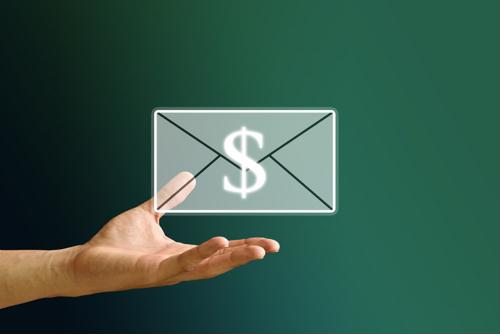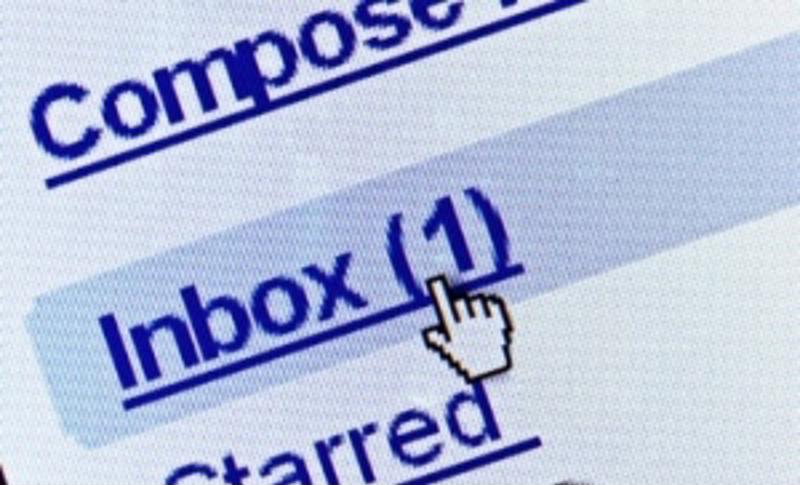
5 Canned responses to streamline your workday
02 Oct 2022
Canned responses are a great timesaver that can streamline your workflow and increase your organisation’s overall output. As Instagantt explains, canned responses are automated fixed responses that help organisations save time. They’re an incredibly useful communications tool and are essential for organisations conducting most of their work or business online.
It’s vital that you keep your online workflows streamlined to remain competitive and effective within your field or industry. Below are five types of canned responses you can use to communicate with current and potential customers:
1. Following up
Follow-up responses are useful if a person hasn’t taken the next step in the sales funnel: For example, they’ve added an item to their cart but have yet to purchase it. A reminder email can help move them along the funnel, thereby increasing conversion and sales rates without additional labour from the sales or marketing team. Give this example a go:
“Hi [X], don’t forget to finish your order!”
2. Query acknowledgement
By sending an automated query acknowledgement email to a person after they’ve filled in an online form or sent an email, you give the person peace of mind and your staff time to attend to the query. These responses usually contain a ticket or reference number. Here’s an example:
“Thank you for reaching out to us. Your ticket number is [X]. We’ll get back to you within [time period].”
 Automated emails are a great way of helping staff respond to customer queries.
Automated emails are a great way of helping staff respond to customer queries.3. Department transfers
When a person has contacted the wrong department for support, a canned response that directs them to the correct department can save time and resources. These responses typically include the correct department’s email address or contact number. Try something along these lines:
“The best solution to this is to contact [X]. Please find the relevant contact details below.”
4. Additional information requests
Asking a customer to provide further information about their problem is particularly helpful in product exchange or return requests, but has many other applications, too. Additional information requests generally ask the person to give an order or account number, or security codes. These responses help get staff the information they need to work on the case or query. Below is an example:
“Thank you for submitting your query. We need your [X] to proceed with your request. Once we get this information, we’ll be able to resolve your query soon.”
5. Progress updates
When the support staff member has taken the next step in resolving the customer’s query, sending an automated progress update response gives the customer comfort in knowing that their issue is being attended to. Your response can say something like:
“Your issue (ticket number) is being worked on by our [X] team. We’ll get back to you in [X number of] hours. Thank you for your patience.”
Other types of canned responses include out-of-office emails, subscription cancellation notices, feedback requests, apology messages, resolved issue notifications, thank you notes and queue position information.
To find out more about how ICML can help your organisation’s communications, check out our communications skills course or contact us for more information.





